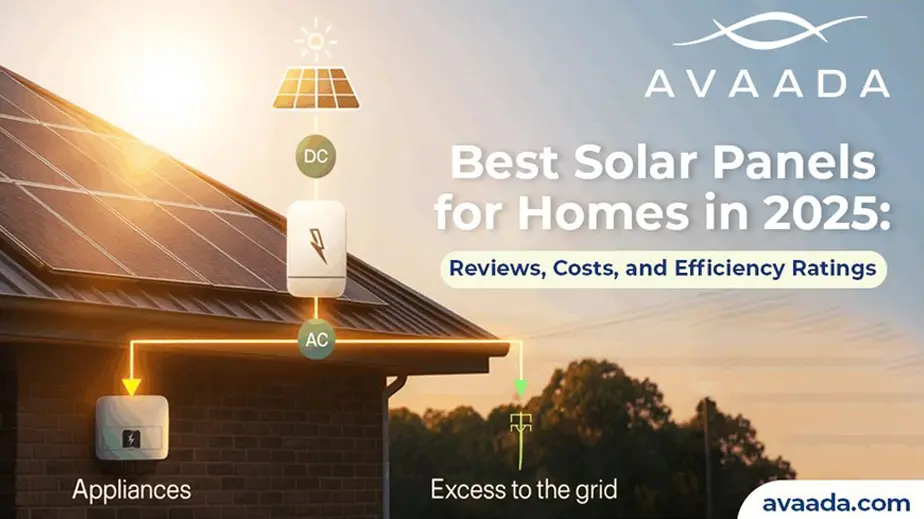Gujarat is one of the most advanced states in India when it comes to renewable energy. It still remains at the forefront of the nation’s transition towards solar power. With sufficient sunlight, visionary policies, and subsidies backing it, Gujarat has become a giant in solar energy. In 2024, the state’s solar landscape is more promising than ever. This blog discusses the solar potential of Gujarat, the current policies on solar, and the subsidies to accelerate the adoption of this sustainable energy source.
Gujarat's Solar Potential
Gujarat is well-known for its geographical and climatic advantages. With 5.5 to 6 kWh/m²/day average solar radiation and 300 sunny days a year, the state has potential to be utilized at massive levels. Desert areas over a vast extent and waste land also help support massive installations.
Along with the growth in utility-scale solar farms, the rooftop installations are also booming in the urban and rural space of Gujarat. Ahmedabad, Surat, and Vadodara lead in these areas, and the residential and commercial sector is readily adopting solar energy to save on electricity cost and reduce carbon footprints.
Important Solar Projects in Gujarat
Among the most important flagship solar projects in Gujarat include:
- Charanka Solar Park: Situated in Patan district, the Charanka solar park is one of Asia’s largest solar parks, which has a capacity of over 700 MW.
- Dholera Solar Park: It is under the Dholera Smart City project, and by achieving a capacity of 5 GW, it’s going to become a new benchmark in the world regarding large-scale solar development.
- Rooftop Solar Initiatives: The rooftop solar initiative in Gujarat has been a game-changer, allowing individual households and businesses to adopt decentralized solar energy solutions.
Gujarat's Solar Policy 2024
The Gujarat Solar Power Policy 2024 manifests the commitment of the state towards encouraging solar energy through innovative measures and incentives. Some of the key features of the policy are as follows:
- Encouragement of Rooftop Solar: The policy is rooftop solar uptake and targets residential, commercial, and industrial segments for enhancing capacity addition in those segments.
- Open Access to Solar Power: Businesses and industries can directly purchase solar power from the producers. This reduces the dependence of businesses and industries on the traditional sources of energy.
- Simplified Procedures: The policy also covers streamlined approval and connection procedures so that solar projects can be implemented fast.
- Focus on Solar Parks: The State continues to construct large-sized solar parks, well-equipped and ready for private investments.
- Net Metering and Banking: Net metering enables the consumer to offset their electricity bills when excess generated is fed into the grid; energy banking will permit carry forward unused solar credits
Learn about Understanding Renewable Energy Certificates (RECs) in India.
Subsidies and financial incentives to promote Solar in Gujarat during 2024
Gujarat offers attractive subsidies and financial packages to make solar power cheaper and accessible to all. Some of the key features are as follows:
- Residential Rooftop Solar Subsidy: The Central Government’s PM-KUSUM Scheme provides up to 40% subsidy on rooftop solar systems with a capacity of up to 3 kW. For systems above 3 kW and less than 10 kW capacity, the subsidies are only 20%.
- State-specific Subsidies: Supplementary grants from the state government further reduce installation costs.
- Farmer Rebate: On account of the component of the PM-KUSUM Scheme, the solar-powered irrigation pumps save farmers on the cost of diesel and electricity and, hence, benefit from the scheme.
- No GST Applied on the Subsidised Component: The consumers can save on GST for that part of the installation and installation cost as it comes under the subsidized component, which reduces the overall financial cost.
- Low-Interest Loans: Many banks and financial institutions in Gujarat provide low-interest loans for solar installations, making it affordable for both residential and commercial users.
Benefits of Going Solar in Gujarat
There are many benefits of going solar in Gujarat:
- Cost Savings: With the increasing electricity tariffs, this will save money in the long run by going solar.
- Environmental Impact: Carbon emissions are reduced, thereby making Gujarat a cleaner and greener state.
- Energy Independence: The rooftop systems allow a house or business to produce its own power, thus reducing dependency on the grid.
- Government Support: The policies, subsidies, and incentives help in transitioning towards more usage of solar.
Explore our blog on Understanding the parameters in a Solar Panel Data Sheet
Conclusion
As of 2024, Gujarat is the symbol of India’s renewable energy aspiration. With a solid policy framework, generous subsidies, and abundant natural resources, the state is going to make new heights in the adoption of solar energy. Whether you are a homeowner, a businessman, or a farmer, now is the perfect time to harness the power of the sun in Gujarat. By investing in solar, you contribute not only to your own financial savings but also to the state’s vision of a sustainable future.









